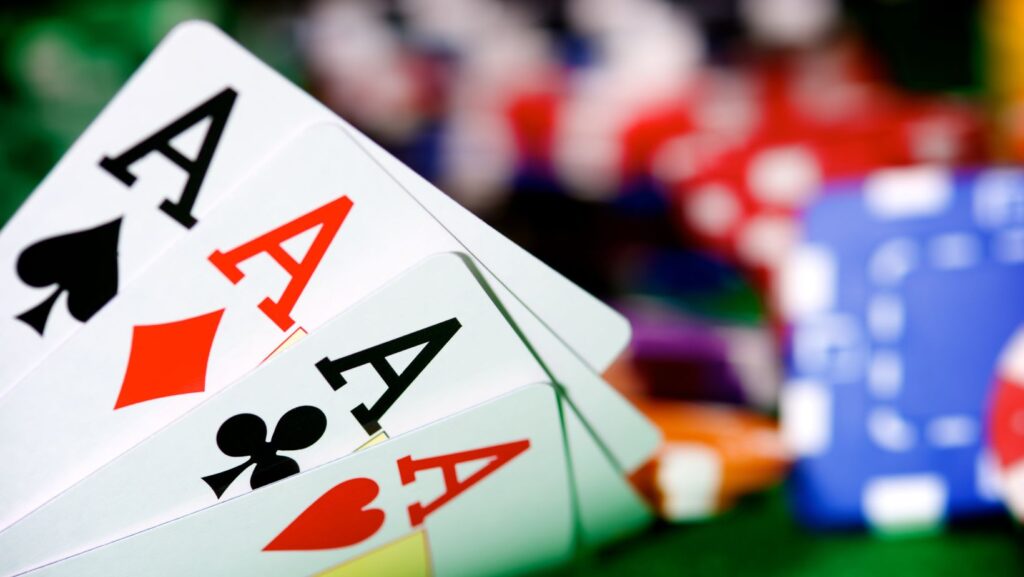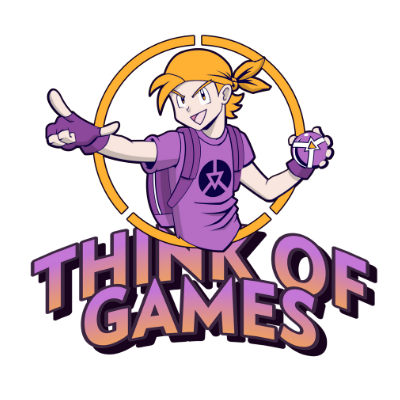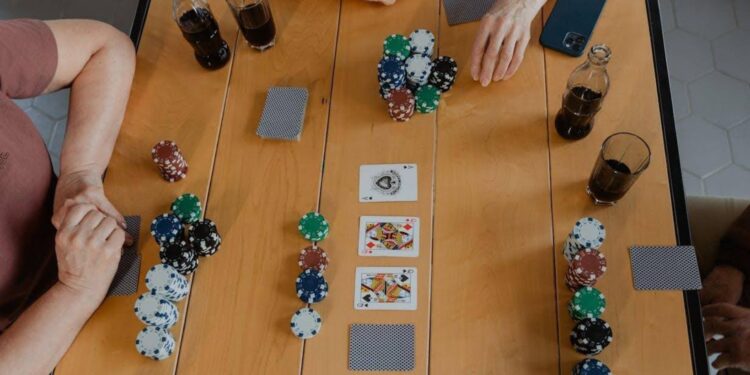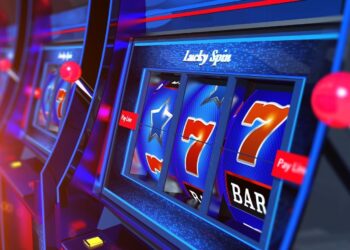Social freerolls are one of the most underrated formats in online poker. No buy-in, fast structure, and a sudden burst of competition create a high-energy environment where players rely more on decision speed and discipline than deep technical range work. Yet most freeroll frustrations don’t come from the gameplay. They come from missing the registration window, misreading start times, losing connection at the opening hand, or fumbling the password right before the tournament locks.
This step-by-step guide removes those friction points and turns freeroll sessions into a repeatable system. Whether playing on mobile or desktop, this routine ensures you enter on time, stay stable throughout early blinds, and keep your decision-making clear during rapid tempo shifts. Remember too that dedicated gamers need to make time to look after their own health; this will help you enjoy the games more and become a stronger player.
Step 1: Start with the announcement
Social freerolls are often announced on social platforms, rather than deep inside the poker lobby. A typical visual shows chips on the table, cards in motion, and a clear callout like SOCIAL MEDIA FREEROLL, plus the password. The example below features a bold “PASSWORD: SOCIAL” and a Deal Me In text. The visual prompt is deliberate. It signals that registration access is limited and entry requires action.
This announcement is not the start of the event. It is the start of your preparation window.
Step 2: Confirm registration properly (the 30-minute rule)
Thirty minutes before the freeroll begins, open the tournament lobby and confirm that your seat is locked. Many players assume selecting “register” is enough, but some platforms require a second confirmation or a ticket/pass indicator to appear.
Tournament lobbies display this differently, yet certain interface markers appear consistently:
- “Registered,” “Seat Confirmed,” or a passcode indicator
- Event type shows as Freeroll, not satellite or ticket qualifier
- Zero buy-in or “password required” in the subtype column
When learning where registration indicators normally appear, UI examples from pages showing online poker can be useful for visual reference. They will help you understand how interfaces typically surface seat confirmation, event category, and buy-in type. After seat confirmation, perform a quick second scan of online poker real money options to locate where platforms display the table variant or buy-in label. Freerolls often sit near similarly timed satellites, so seeing the location of these indicators prevents you from joining the wrong event.
Once confirmed, close the lobby and reopen it. If “Registered” still displays, your seat is secured.
A surprising number of missed freerolls happen because registration appeared to save, but didn’t. You can avoid that happening to you by following the above steps.
Step 3: Convert the event time immediately
Social freerolls are frequently tied to a timezone shown in the post (for example, 10.05 am AEST). Convert the time as soon as the announcement is seen to prevent missing the short registration window.
The fastest conversion method:
- Open your phone’s clock app
- Add the time zone (Sydney/Brisbane for AEST)
- View it side by side with your local time
- Set two alarms:
- 30 minutes before start (prep begins)
- 5 minutes before start (device lock and lobby reopen)
If you convert later, you forget. If you convert immediately, you control the start.
Step 4: Device setup that removes friction
A freeroll’s early stage is fast. Lost connection equals lost blinds.
Mobile setup (60 seconds)
- Disable battery optimization for the poker app
- Set the screen timeout to 5 minutes or longer
- Turn on vibration banners for notifications
- Close video streams or large background downloads
- Open the lobby once, then reopen it to ensure your seat lock remains
Desktop setup (45 seconds)
- Close streaming tabs or dashboards
- Disable screen sleep modes
- Use one focused window for the tournament lobby
- Run a quick click test to check UI responsiveness

You are not optimizing for processing power. You are optimizing for zero interruptions.
Step 5: Read the table tempo before playing a hand
Most players look at their first cards immediately. Pros look at tempo first. Tempo determines strategy, and understanding it will help you find your flow state.
90-second table speed experiment
- Count player actions over 10 seconds
- 7+ actions = fast table (fold trash hands instantly)
- 4–6 actions = balanced tempo (exploit position)
- 3 or fewer = slow / indecisive (pressure works)
- Watch auto-fold timing
- Under 2 seconds: aggressive, snap-decisions
- Over 5 seconds: hesitation, multi-tablers
Freerolls reward rhythm, not complexity.
Step 6: A 5-minute warm-up to prevent hesitation
Freerolls are generally decided in the first orbit by speed of decision, not deep theory.
A fast warm-up:
- Pace drill (90 seconds): say fold, call, or raise every 2 to 6 seconds
- Position cycle (90 seconds): whisper early, mid, late blinds; attach one action
- Reset breath (30 seconds): eyes off screen, inhale, return
- Simple rule (60 seconds): repeat “position first, fast folds early”
- Commit (30 seconds): both hands on device, ready stance
This prevents “freeze and rethink” decisions once blinds accelerate.
Copy this session checklist
- Time converted to local timezone
- Registration verified twice
- Device stable (notifications, timeout, power settings)
- Table tempo experiment complete
- Warm-up complete
- Focused window
Final thoughts
The freeroll structure rewards players who execute quickly, not those who overthink. Preparation protects your seat, your focus, and your decision pacing, giving you more emotional and mental energy for the hands that matter.
Freerolls are not about results. They’re about execution.



















